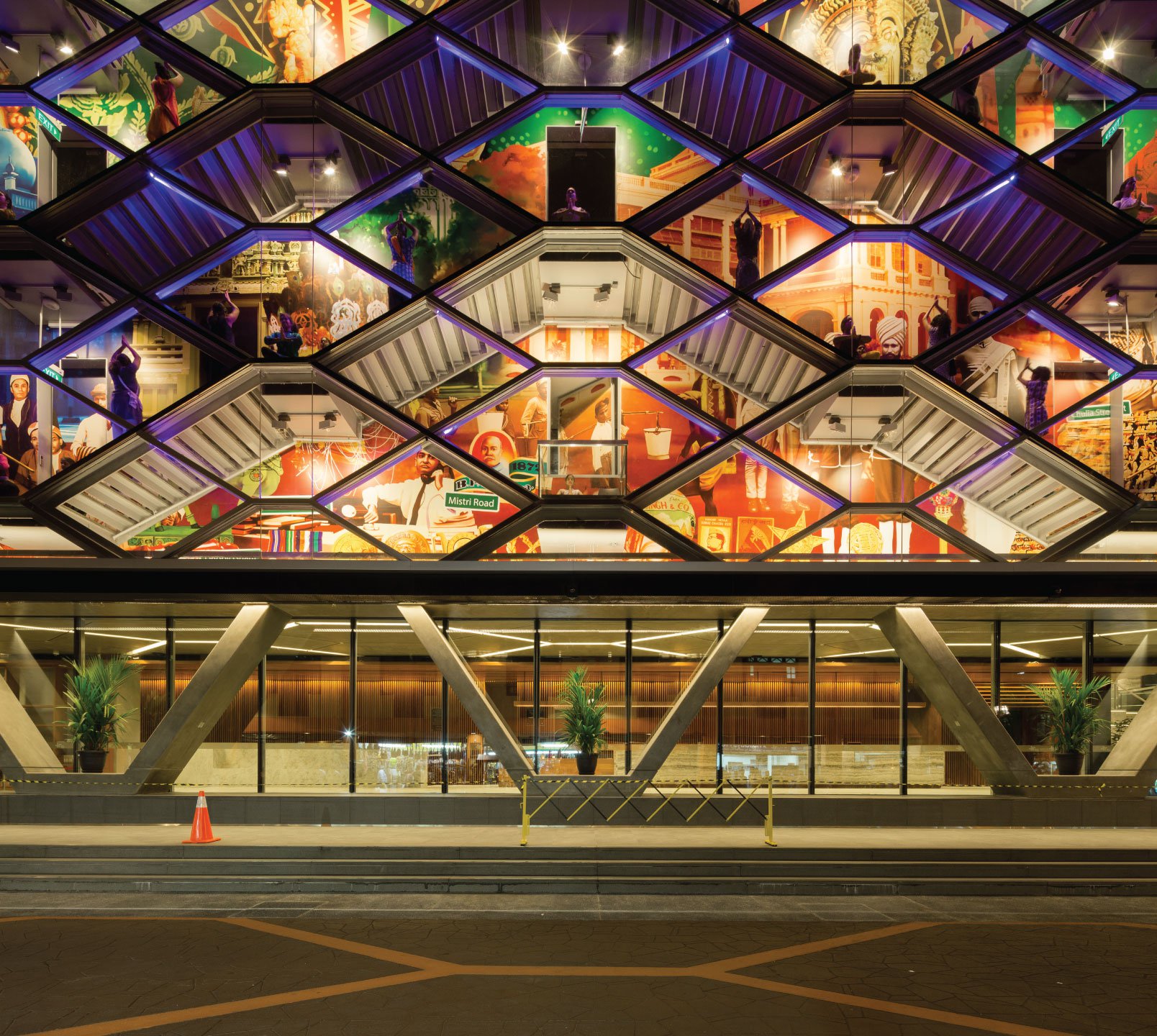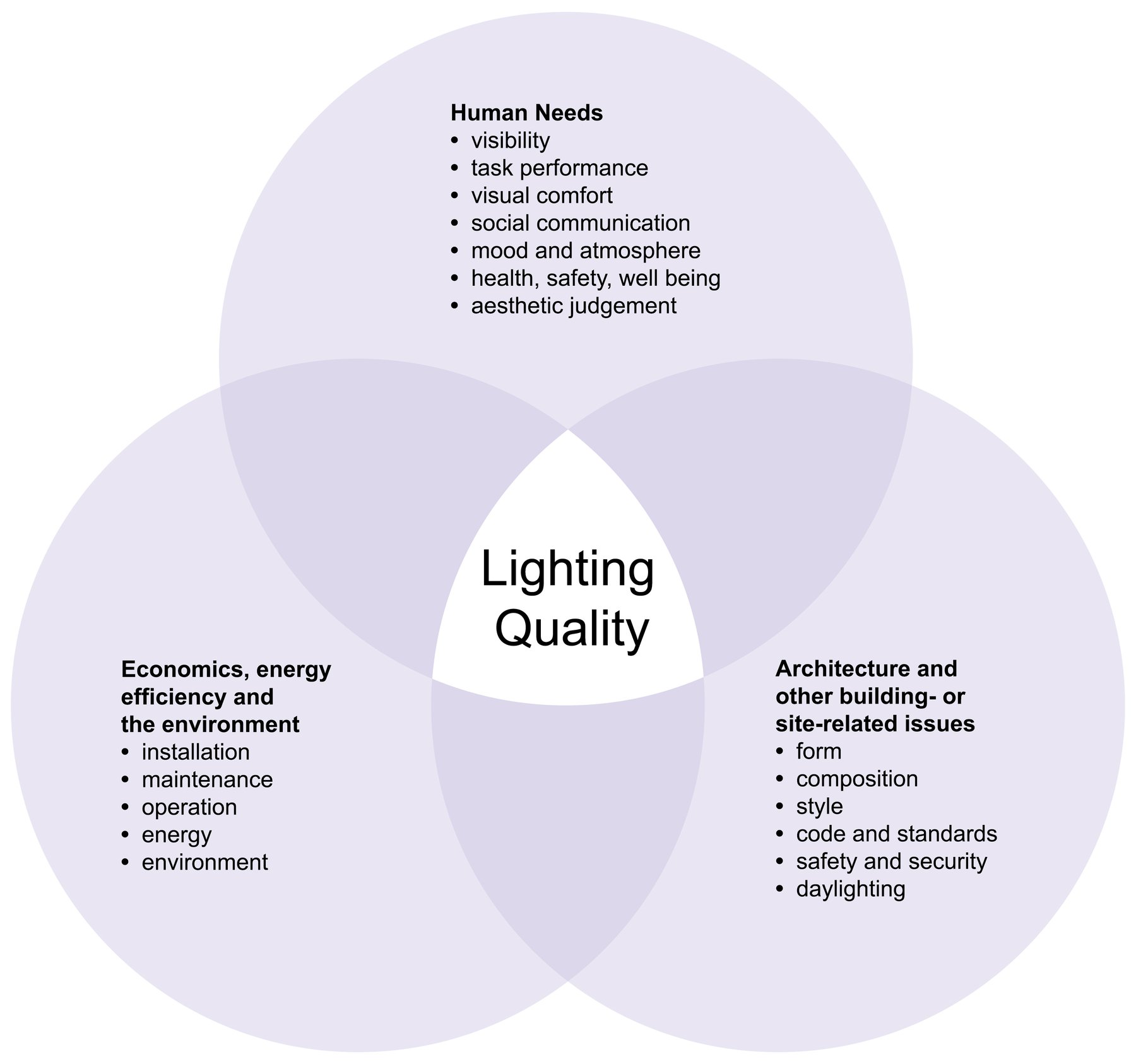
Trends
Introduction to Architectural Lighting
April 13, 2021
Architectural lighting mainly involves three factors. The first factor is the building’s aesthetics, which is important for residential and commercial architecture. The second factor is the ergonomic or functionality factor -- basically any aspect that improves one’s ability to live, work, relax, play and function -- making the space more user-friendly. Finally, the third aspect involves the efficiency of energy -- ensuring that light is properly, economically and optimally used and distributed in space. This is where architectural lighting and design convene.
Why Do You Need a Lighting Designer?
Different layers of light and colour intensity have the ability to create impactful effect on the person occupying it, as well as space and the environment. With this concept in mind, ONG&ONG’s team of design professionals, who are in charge of the Architectural & Urban Lighting design, make the most of soft and powerful medium of light, to create effects that can be manipulated to match the mood of the action.
Just like architects, lighting designers work as part of a design team to enhance the architecture and its surroundings -- greatly impacting the overview of the project. Some of the most important questions to ask are “is good illumination important in a certain project?” and “what is a good lighting design and how is it achieved?”. The independent lighting design consultant would then step in to answer these questions.
An electrical engineer only specifies lighting as part of an electrical system, whereas the interior designer is mainly in charge of the decorative aspect apart from lighting. It is then a lighting designer’s job to ensure that the lighting design is up to par. In addition to that, here are more reasons to hire a lighting designer:
1. Education
Lighting designers are always up to date with the current lighting industry trends -- from the science of it and the latest lighting technology to the latest happenings in the industry. Lighting design professionals keep ourselves informed and updated so that the clients wouldn’t have to. We pride ourselves in providing great lighting solutions because of this.
2. Technique
Lighting creates characteristics and sets the mood. It also improves visibility while adding forms and shapes with dynamic colours. Light is more than just a touch, it requires proper technique and application by a lighting design professional.
3. Budgeting and Cost-control
Believe it or not, by engaging a lighting design professional, you will be able to stick to your budget and be as cost-effective as possible with your project. Thanks to our professional relationship with luminaire manufacturers, we are able to obtain lighting fixtures in industry prices. On top of that, lighting design professionals are equipped with the know-how of applying suitable lighting equipment and techniques to be contained within the installation budget.
4. Personal and Professional Requirements
Light is a powerful tool that can affect people’s moods. This is especially true in the retail industry where there correct lighting, intensity and colour can be used to influence customers to buy products. In a professional setting, desk-bound workers also require specific illuminance to enhance their productivity. Nobody knows how to achieve all these more than a lighting design professional.
5. Value-added Services
A professional lighting designer is able to optimise project cost and operational running cost, which is an expertise that places them heads and shoulders above any lighting salesman. As lighting design professionals, we also ensure that all lighting equipment selected is within budget and energy-effective.
Benefits of Good Lighting

Diagram Source: IALD